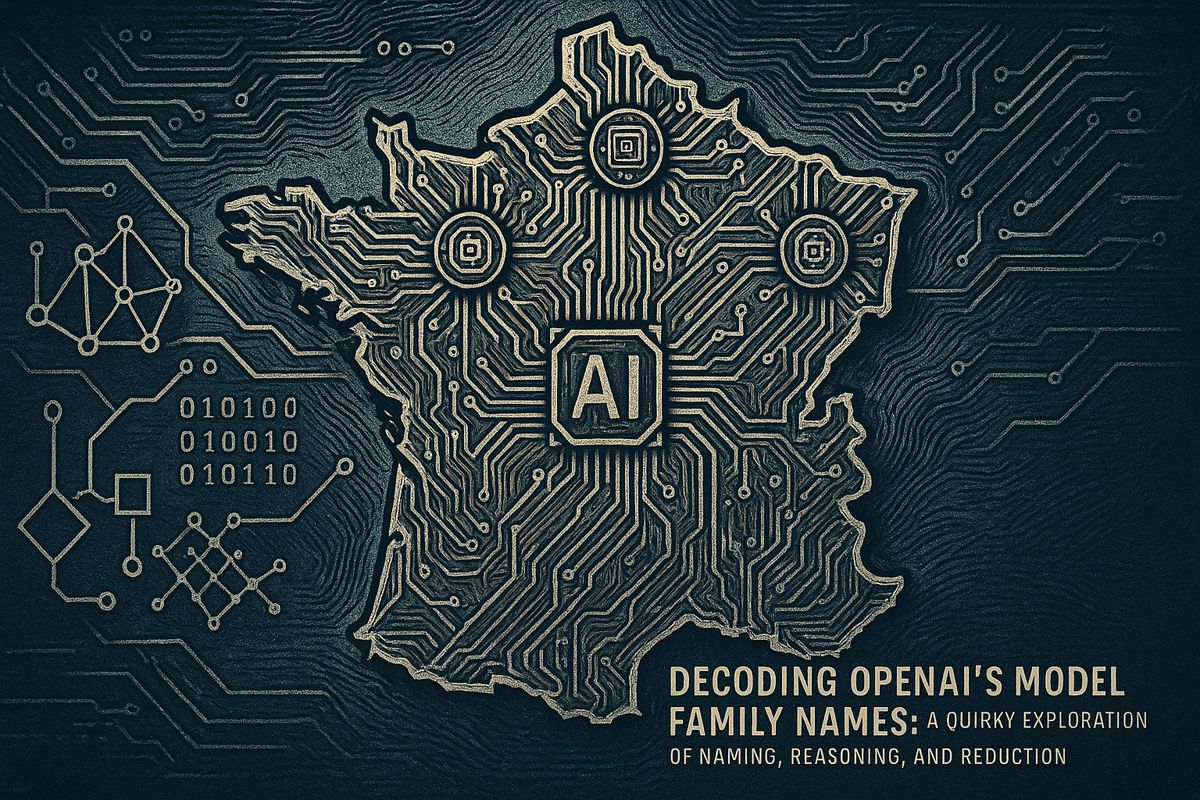While AI codes fast, it hits an architectural wall when building complex software – a blunt reality for engineering teams in 2025. Large Language Models excel at suggesting code snippets but falter when asked to reason across a full production stack. A review of multi-agent systems showed that while delegating tasks to separate LLMs improved results, they failed to maintain a coherent architecture. This is primarily because limited context windows prevent them from tracking the big picture (Classic Informatics). The generated code often compiles but lacks the critical logic for how services should authenticate or scale.
What LLMs Handle Well
Developers find the most value in LLM assistance where the scope is narrow and feedback loops are immediate.
AI coding assistants generate code based on statistical patterns within a limited context window. While this is effective for self-contained functions or scripts, they cannot maintain a mental model of a sprawling, multi-part system. This leads to architectural inconsistencies, missed dependencies, and security oversights in complex projects.
- Autocomplete and boilerplate generation consistently reduce typing time. A 2023 GitHub Copilot trial confirmed this, showing developers completed tasks 55.8% faster than a control group (arXiv).
These models excel at handling small, testable units of work that align with their statistical nature. They are highly effective for translating SQL queries, converting code between languages like Python and Go, or generating unit tests from descriptions. On these smaller tasks, any errors or hallucinations are quickly identified and corrected.
The Architecture Gap
System design, however, exposes critical weaknesses. A 2025 systematic review of 42 papers on end-to-end AI builds found only three successful projects, all of which required significant human intervention and were under 2,000 lines of code (arXiv). Several key limitations contribute to this gap:
- The model loses track of global context once a prompt exceeds its token limit.
- Generated code often deviates from established team conventions, which increases long-term maintenance costs.
- Security requirements are frequently assumed rather than explicitly addressed, leading to unvalidated and potentially vulnerable code.
Guardrails That Work
Teams achieve better results by implementing strict process guardrails. Case studies show that acceptance rates for AI-generated code increase when it is subjected to the same static analysis, unit tests, and vulnerability scans as human-written code. ZoomInfo, after integrating Copilot suggestions into its CI pipeline, reported a 33% acceptance rate with a 72% developer satisfaction score.
A popular lightweight framework involves pairing each AI code generation with an automatic scan and mandatory peer review. If the proposed change violates dependency or compliance rules, the workflow automatically rejects it before a pull request is created. This approach minimizes risk and protects architectural integrity.
Roles Are Shifting, Not Disappearing
While productivity surveys show 71% of engineers gain a 10-25% improvement with generative tools, integration challenges often limit these benefits (Quanter). In response, organizations are creating new roles like developer experience (DX) leads and prompt engineers to build better interfaces between AI models and existing toolchains.
The nature of development work is changing. Engineers who previously focused on tasks like writing CRUD endpoints are now curating prompts, fine-tuning vector stores, and monitoring AI agent behavior. This shift gives more leverage to DevOps and SRE professionals, as managing AI-generated services requires deep operational expertise to ensure observability and compliance.
Looking Ahead
Future solutions may lie in hybrid systems that combine LLMs with graph reasoning engines and reinforcement learning to enable longer-term planning. Although early prototypes show promise in retaining design decisions, these technologies are not yet production-ready. For now, the most effective strategy is to treat AI as a junior developer – leveraging its speed for small tasks while ensuring all output passes the same rigorous reviews and tests applied to senior engineers’ work, with humans retaining final architectural oversight.
Why do LLMs excel at quick code snippets yet stall when asked to design a whole system?
LLMs can sprint through individual functions and MVPs, producing working code in seconds, but they hit a wall when the task stretches beyond a few files. The root issue is context length: even the largest models can only “see” a limited window of tokens at once, so they lose track of cross-module contracts, deployment topologies, or long-range performance trade-offs. In practice this means an LLM will cheerfully generate a perfect React component while forgetting that the back-end rate-limits the endpoint it calls. Teams that treat the model as a pair-programmer on a leash – feeding it one bounded problem at a time – report the highest satisfaction.
How much real productivity gain are teams seeing from AI coding assistants in 2025?
Measured gains are broad but uneven. A 2024 Google Cloud DORA study shows high-AI-adoption teams shipped documentation 7.5% faster and cleared code review 3.1% quicker, while Atlassian’s 2025 survey found 68% of developers saving more than ten hours per week. Yet a sobering 2025 randomized trial of seasoned open-source contributors recorded a 19% slowdown when early-2025 tools were dropped into complex, real-world codebases. The takeaway: AI is a turbo-charger for well-scoped, well-documented tasks; throw it into a legacy monolith and the same assistant becomes overhead.
Which engineering roles feel the strongest – and weakest – impact from generative AI?
DevOps, SRE, GIS and Scrum Master roles top the 2024 BairesDev impact list, with 23% of respondents claiming 50%+ productivity jumps. Front-end component writers and test-script authors come next. Conversely, staff-level architects report the least direct speed-up, because their daily work is the very long-horizon reasoning LLMs struggle to maintain. The pattern confirms a widening split: tactical coders accelerate, strategic designers stay human-centric.
What concrete guardrails prevent AI-generated code from rotting the codebase?
Successful 2025 playbooks share four non-negotiables:
- Human review gate – every diff, no exceptions.
- Context-aware security agents that re-scan AI proposals with OWASP and compliance prompts.
- CI/CD integration that auto-rejects pull requests failing lint, unit-test and dependency-vuln gates.
- Documented lineage – a short markdown note explaining why the AI suggestion was accepted, linking back to the original prompt.
ZoomInfo rolled GitHub Copilot out to 400+ engineers under these rules and achieved a 33% acceptance rate with 72% developer satisfaction, showing guardrails need not throttle velocity.
Will “prompt engineer” or “AI oversight” become a permanent job title, or fade once models improve?
Early data says specialist oversight is here for the medium haul. Hiring demand for AI-savvy software engineers spiked from 35% to 60% year-over-year, and the 2025 Stack Overflow survey shows 29% of developers still find AI shaky on complex tasks. Until models can autonomously re-factor across services, reason about SLAs, and prove concurrency safety, someone must frame the problem, curate the context, and sign the architecture review. Expect hybrid titles – AI-augmented system owner rather than pure prompt scribe – to dominate 2026 job boards.



















